Bridges are more than just ways to get from one side to the other—some of them are genuine works of art that happen to span water or valleys. The world’s most stunning bridges combine engineering brilliance with aesthetic beauty, creating landmarks that draw millions of visitors who come specifically to admire the structures themselves.
Whether they’re ancient stone arches or modern cable-stayed marvels, these bridges prove that functional design can be absolutely breathtaking. From historic spans that have watched civilizations rise and fall to cutting-edge designs that push the boundaries of what’s possible, certain bridges have become destinations in their own right.
Here’s a list of 16 magnificent bridges that deserve a spot on any traveler’s must-see list.
Golden Gate Bridge
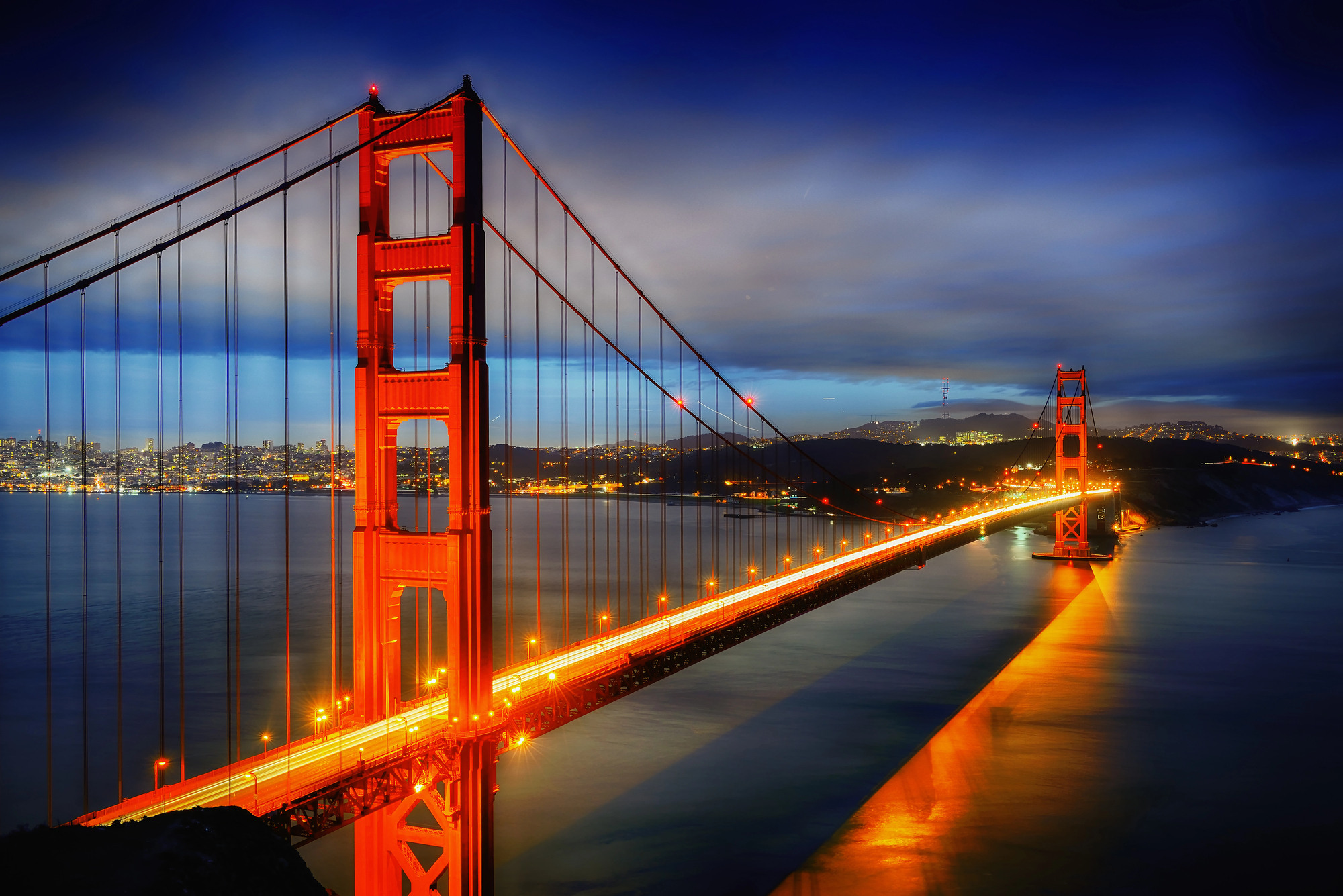
San Francisco’s iconic Golden Gate Bridge isn’t just famous because it’s in every movie shot in the city—it’s genuinely one of the most beautiful suspension bridges ever built. The International Orange color was chosen specifically to enhance visibility in San Francisco’s frequent fog, but it also creates this stunning contrast against the blue bay and green hills.
Walking or biking across the 1.7-mile span gives you incredible views of Alcatraz, the city skyline, and the Pacific Ocean stretching endlessly westward.
Tower Bridge
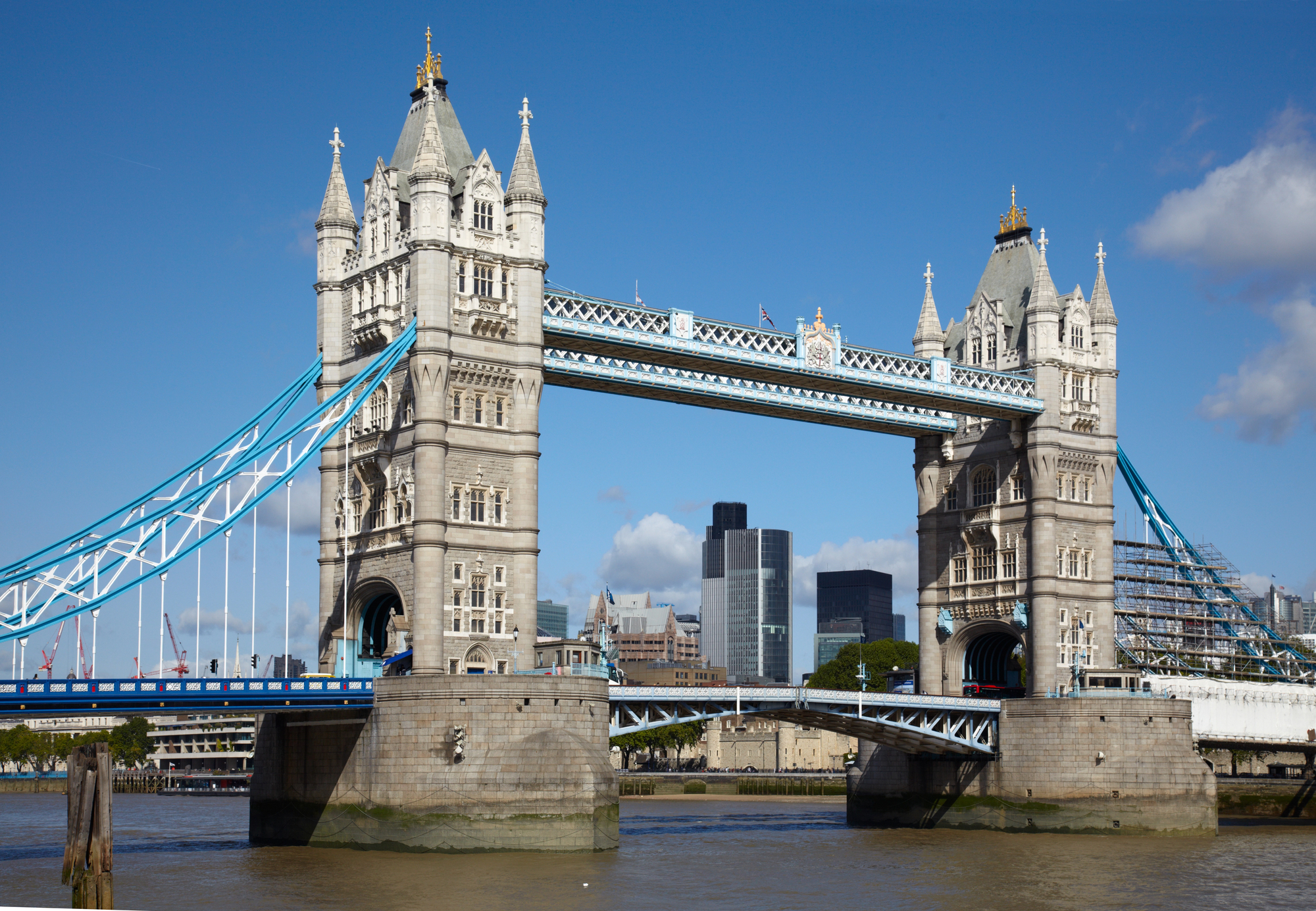
London’s Tower Bridge looks like something from a fairy tale, with its Gothic Revival towers and distinctive bascule design that can split open to let tall ships pass through. Most people don’t realize this Victorian masterpiece was actually quite controversial when it opened in 1894—critics thought it was too ornate and old-fashioned for the modern age.
The glass walkways added in recent years let you look straight down at the Thames 138 feet below, which is either thrilling or terrifying, depending on your relationship with heights.
Ponte Vecchio
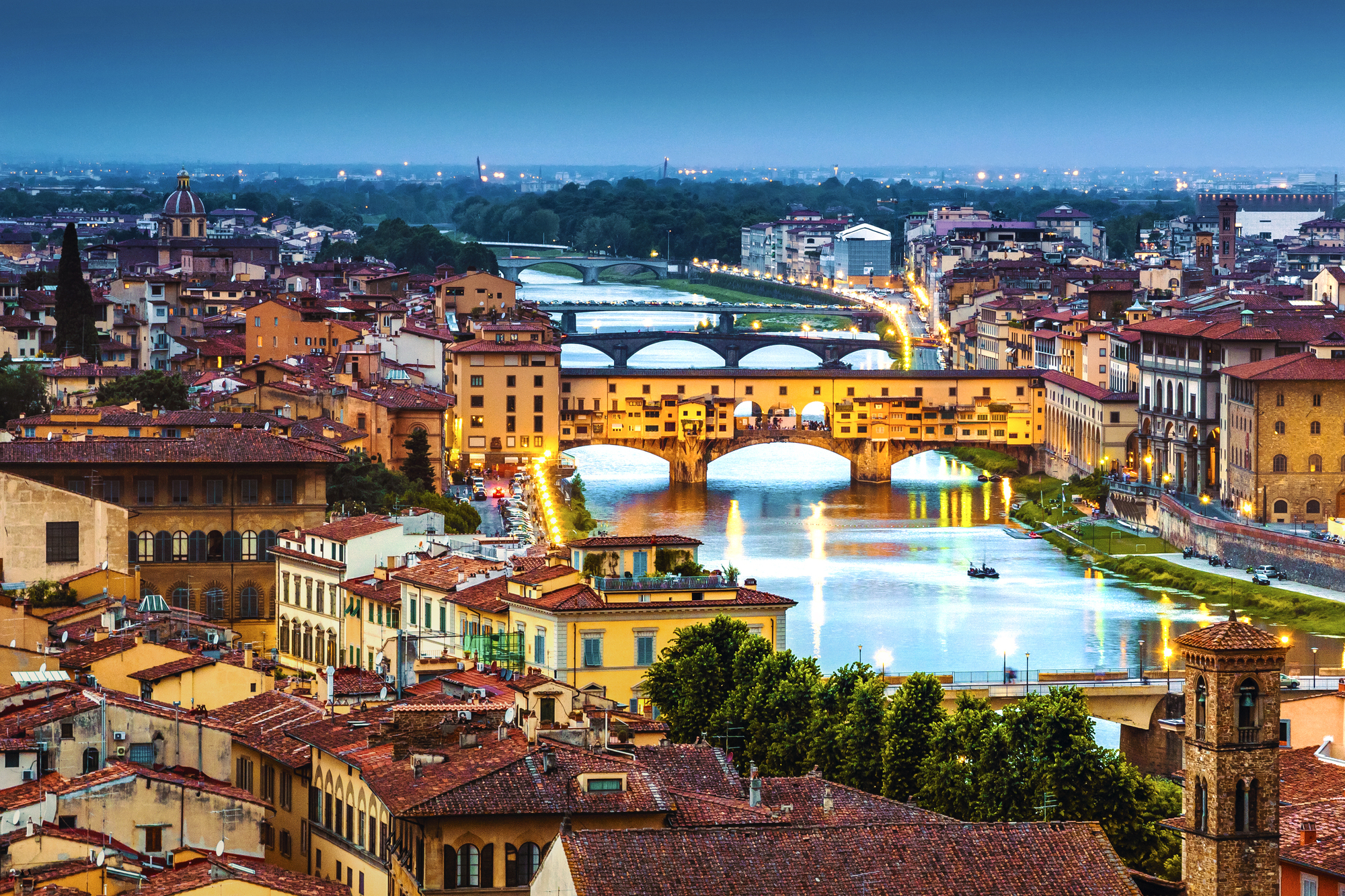
Florence’s Ponte Vecchio has been spanning the Arno River since 1345, making it one of the oldest stone bridges in Europe that still carries traffic today. What makes it truly unique are the shops built right into the bridge structure—originally butcher shops, now mostly jewelry stores and art dealers.
The covered corridor running along the top was built so the Medici family could travel between their palace and government buildings without mixing with common people on the streets below.
Like Travel Pug’s content? Follow us on MSN.
Brooklyn Bridge
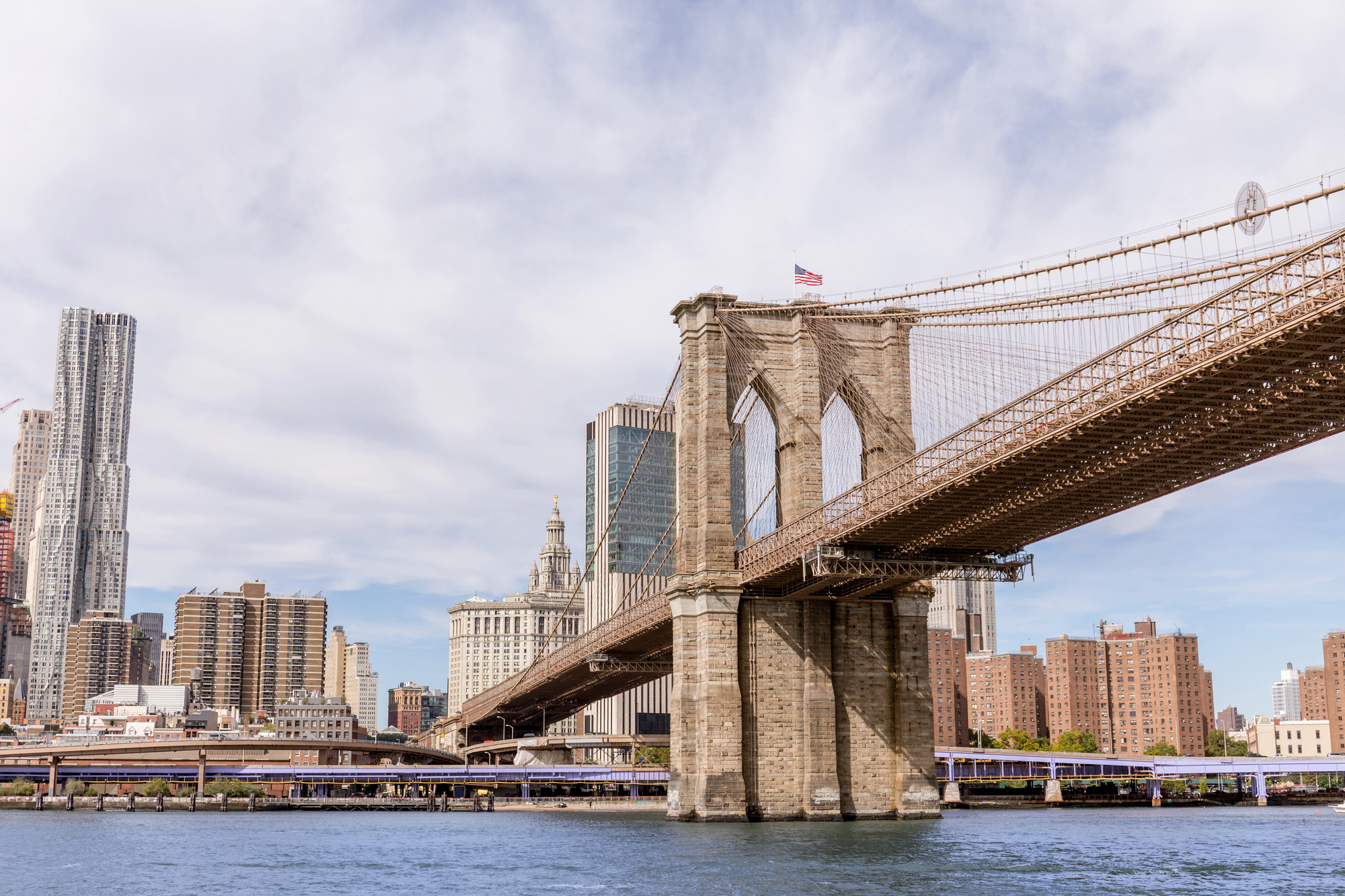
When the Brooklyn Bridge opened in 1883, it was the world’s longest suspension bridge and the first to use steel cables—revolutionary engineering that people initially didn’t trust. The Gothic arches and intricate cable patterns create this incredible geometric beauty that’s been inspiring artists and photographers for over a century.
Walking the wooden promenade gives you some of the best views of Manhattan’s skyline, though you’ll be sharing the space with tens of thousands of pedestrians and cyclists on busy days.
Rialto Bridge
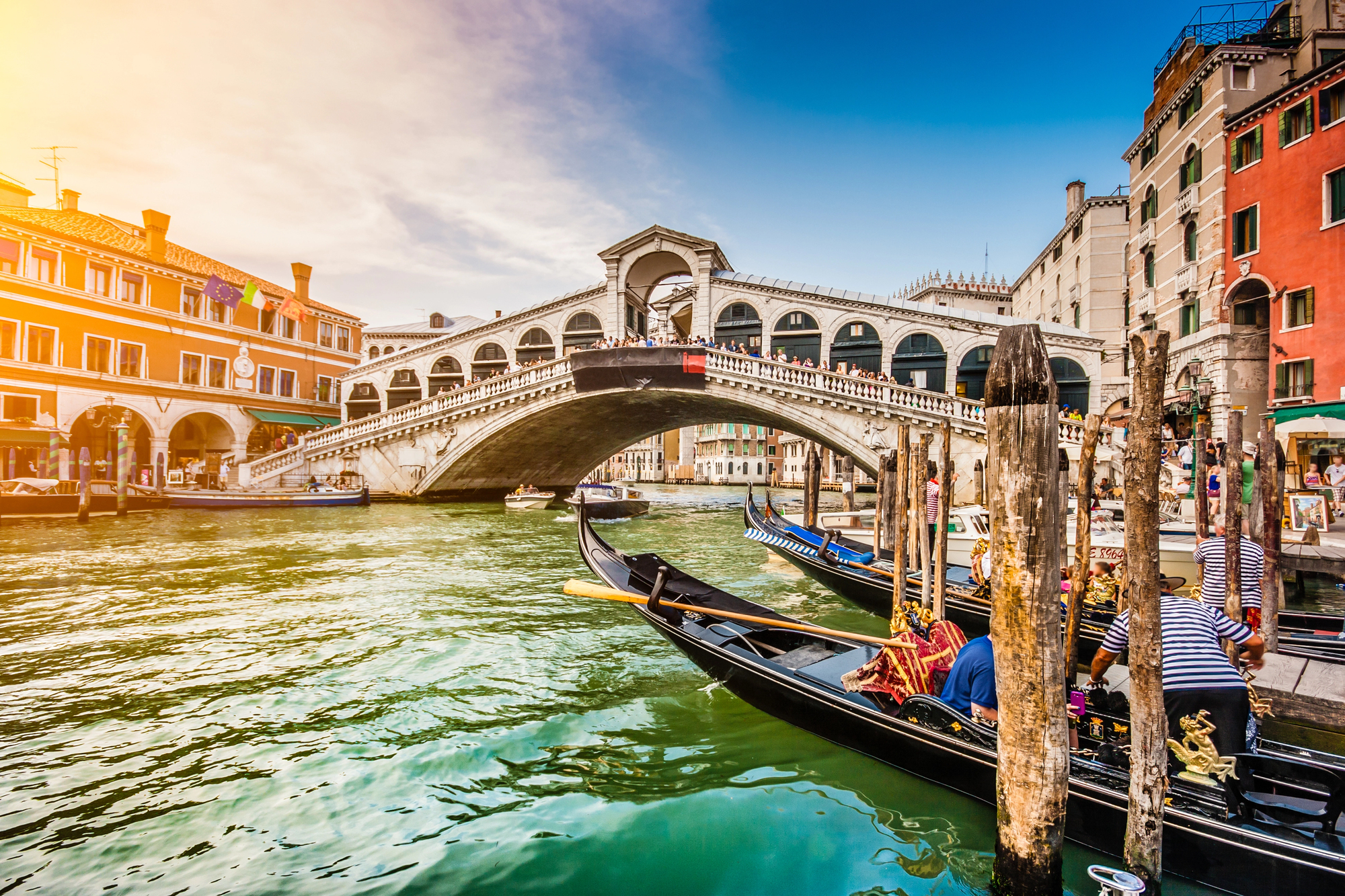
Venice’s Rialto Bridge is probably the most photographed bridge in Italy, and for good reason—this white stone arch perfectly frames the Grand Canal and creates reflections that look like something from a Renaissance painting. Built in the late 1500s to replace a series of wooden bridges that kept collapsing, the Rialto was considered an impossible engineering feat at the time.
The shops lining both sides of the bridge have been selling everything from silk to spices for centuries, making it a living piece of commercial history.
Charles Bridge
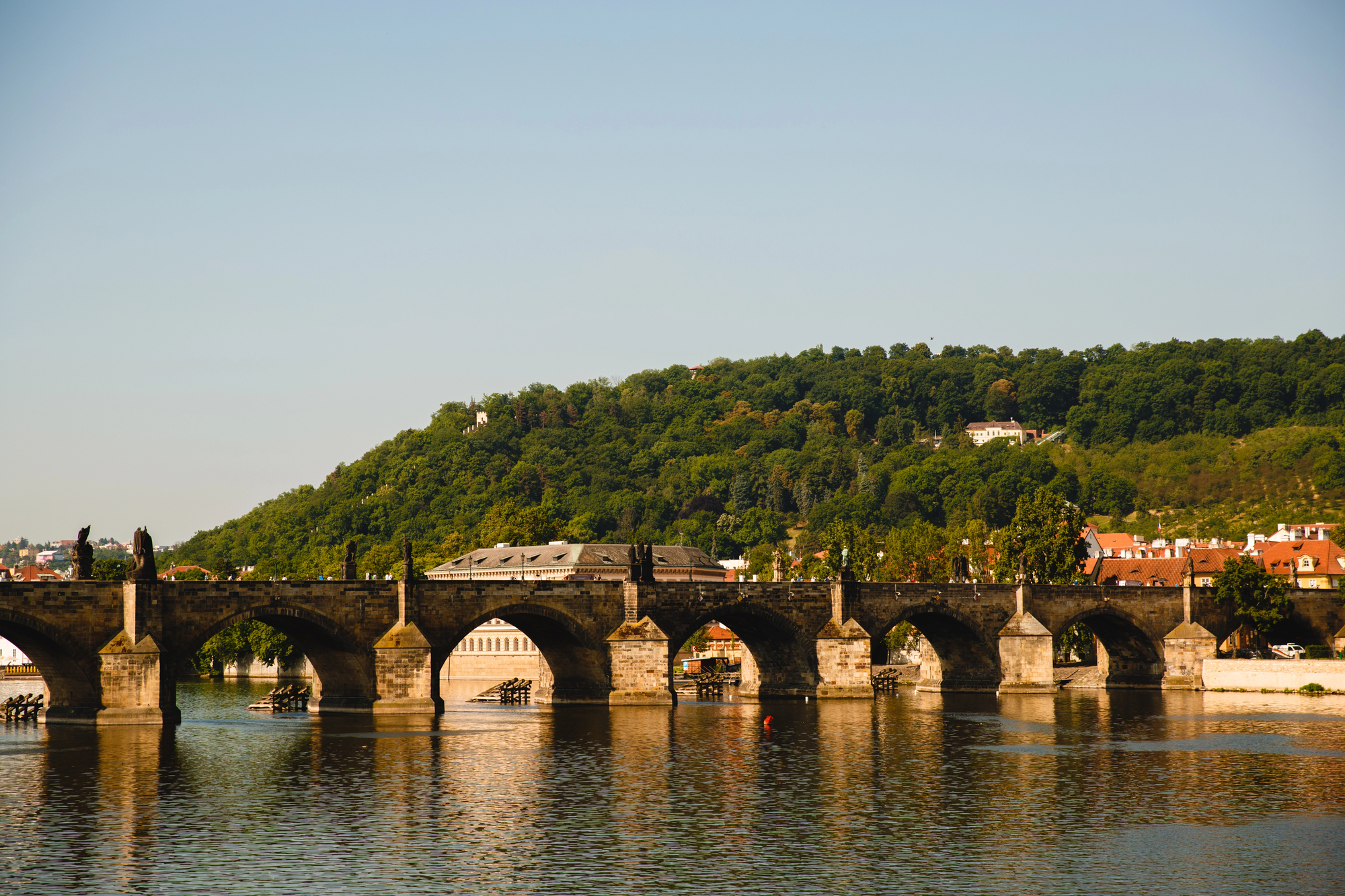
Prague’s Charles Bridge connects the city’s historic districts with 16 stone arches and 30 baroque statues that create an outdoor sculpture gallery spanning the Vltava River. Construction began in 1357 under Holy Roman Emperor Charles IV, and legend says egg whites were mixed into the mortar to make it stronger—which might explain why it survived floods, wars, and 600+ years of heavy traffic.
The bridge is purely pedestrian now, filled with street musicians, artists, and vendors, creating this vibrant atmosphere that feels like a medieval festival.
Like Travel Pug’s content? Follow us on MSN.
Millau Viaduct
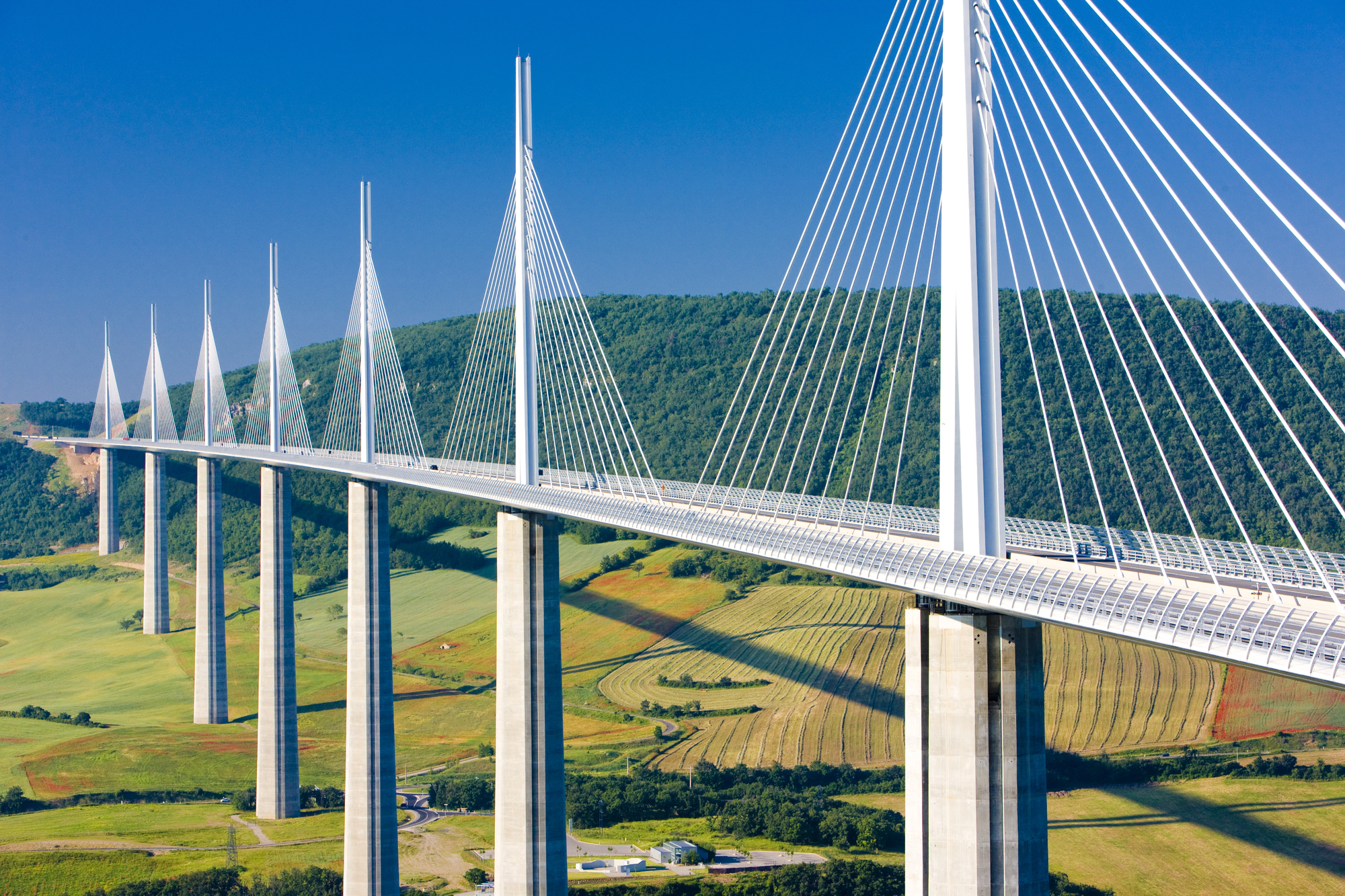
France’s Millau Viaduct looks like it belongs in a science fiction movie rather than the French countryside—this cable-stayed bridge is taller than the Eiffel Tower and seems to float above the clouds on foggy mornings. Designed by British architect Norman Foster, the bridge’s sleek white towers and minimal design create this sense of weightlessness despite supporting a massive highway.
The engineering required to build a bridge this tall in a valley known for strong winds was so complex that it took nearly 20 years from initial concept to completion.
Sydney Harbour Bridge
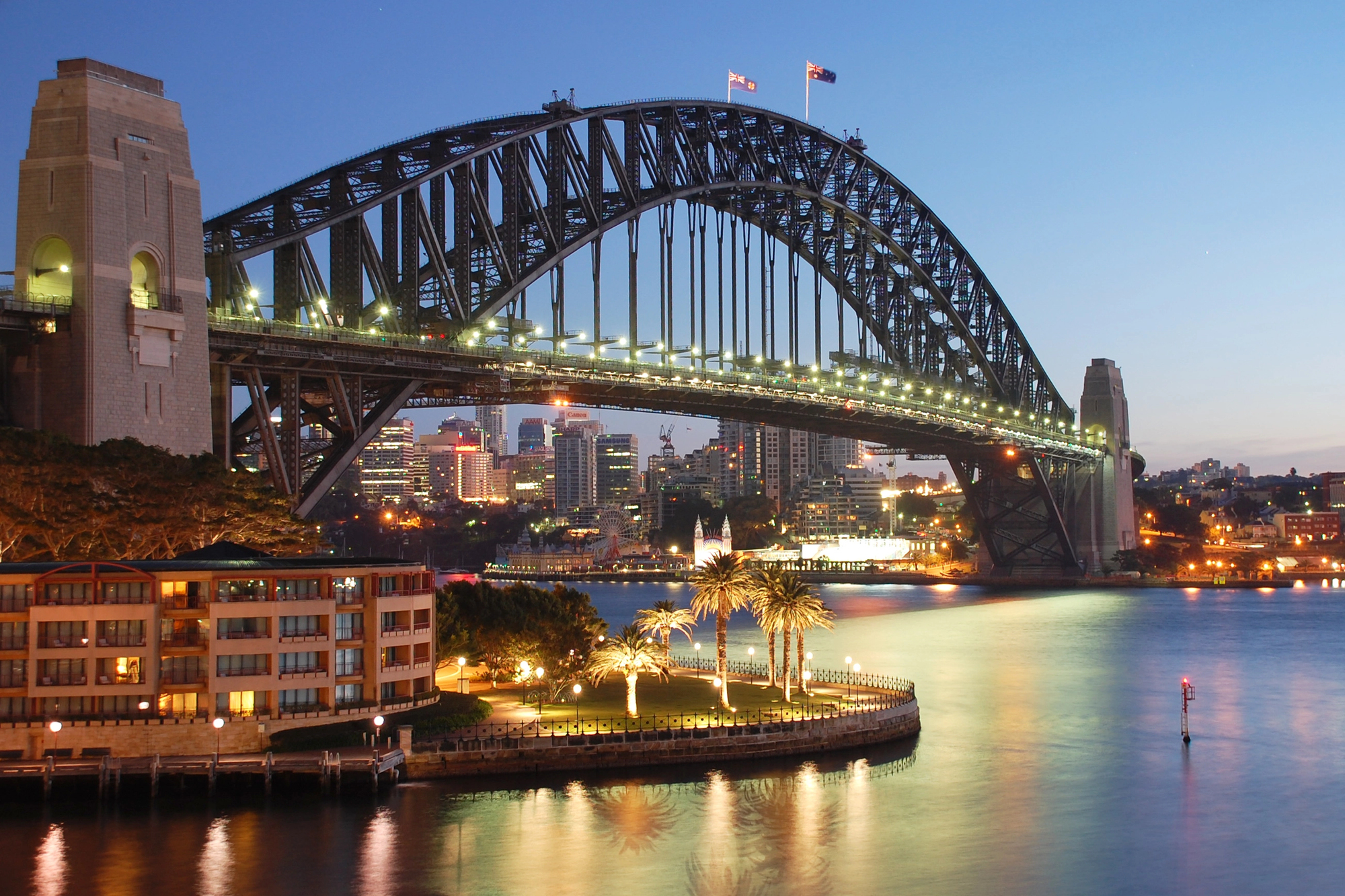
Australians call it ‘The Coathanger’ because of its distinctive arch shape, but Sydney Harbour Bridge is way more elegant than that nickname suggests. The steel arch design was chosen over a suspension bridge because Sydney’s harbor winds would have made cable maintenance nearly impossible—a practical decision that created one of the world’s most recognizable silhouettes.
You can actually climb to the top of the arch on guided tours, which gives you 360-degree views of Sydney’s harbor, opera house, and sprawling cityscape.
Akashi Kaikyo Bridge

Japan’s Akashi Kaikyo Bridge holds the record as the world’s longest suspension bridge, stretching nearly 2.5 miles across the strait between Honshu and Awaji islands. The bridge had to be designed to withstand earthquakes, typhoons, and harsh marine conditions—engineering challenges that resulted in innovations still used in bridge construction today.
What’s really amazing is how delicate and graceful it looks despite being built to handle some of the most extreme weather conditions on Earth.
Like Travel Pug’s content? Follow us on MSN.
Banpo Rainbow Bridge
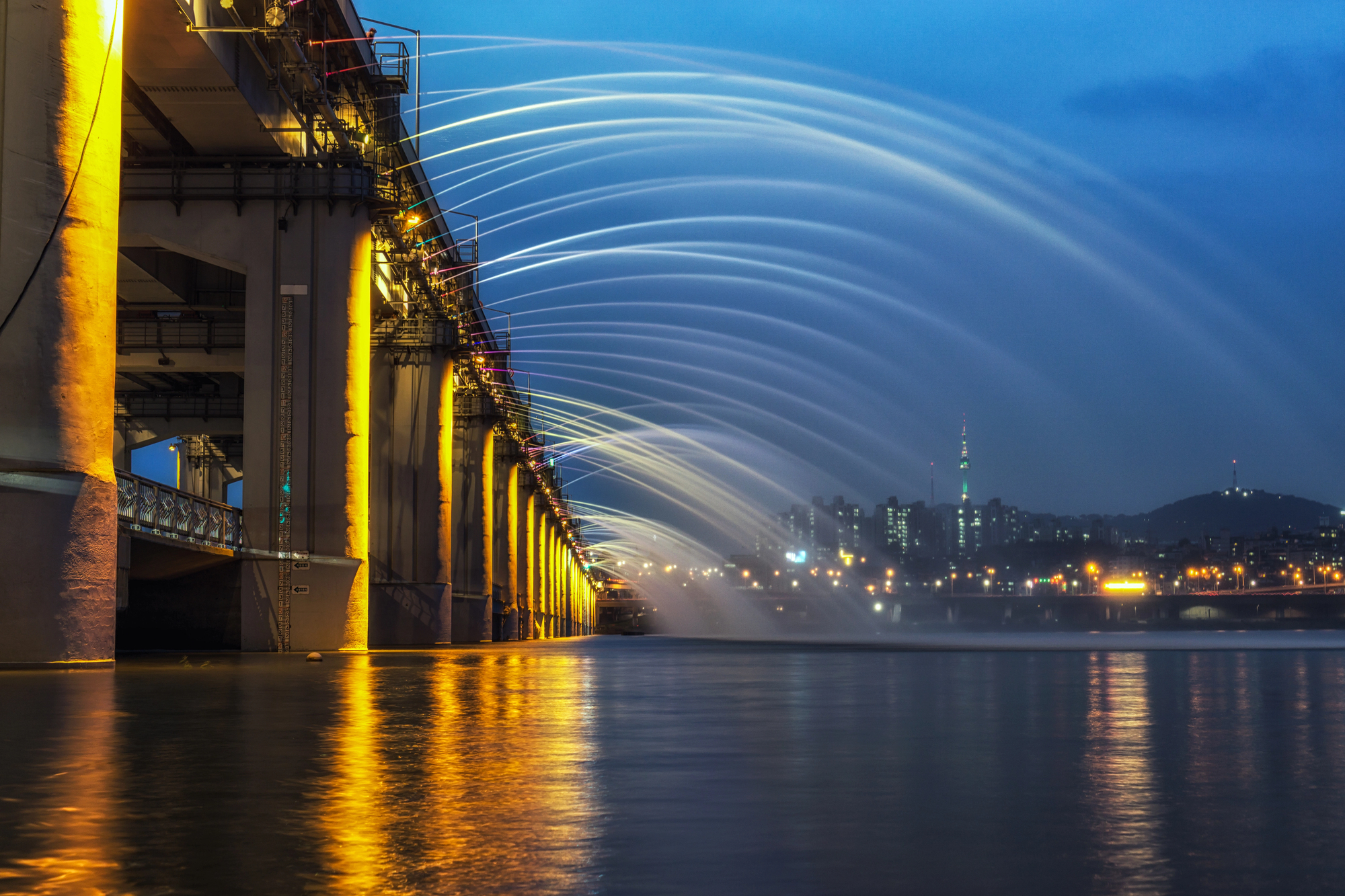
Seoul’s Banpo Rainbow Bridge transforms into a dancing water show every evening, with fountains shooting from both sides of the bridge in synchronized patterns set to music. The rainbow lighting system uses over 200 different colors to create these incredible displays that reflect in the Han River below—it’s like someone crossed a bridge with a Las Vegas fountain show.
During the summer months, the area becomes this massive outdoor party where families bring picnics to watch the nightly performances.
Chengyang Bridge
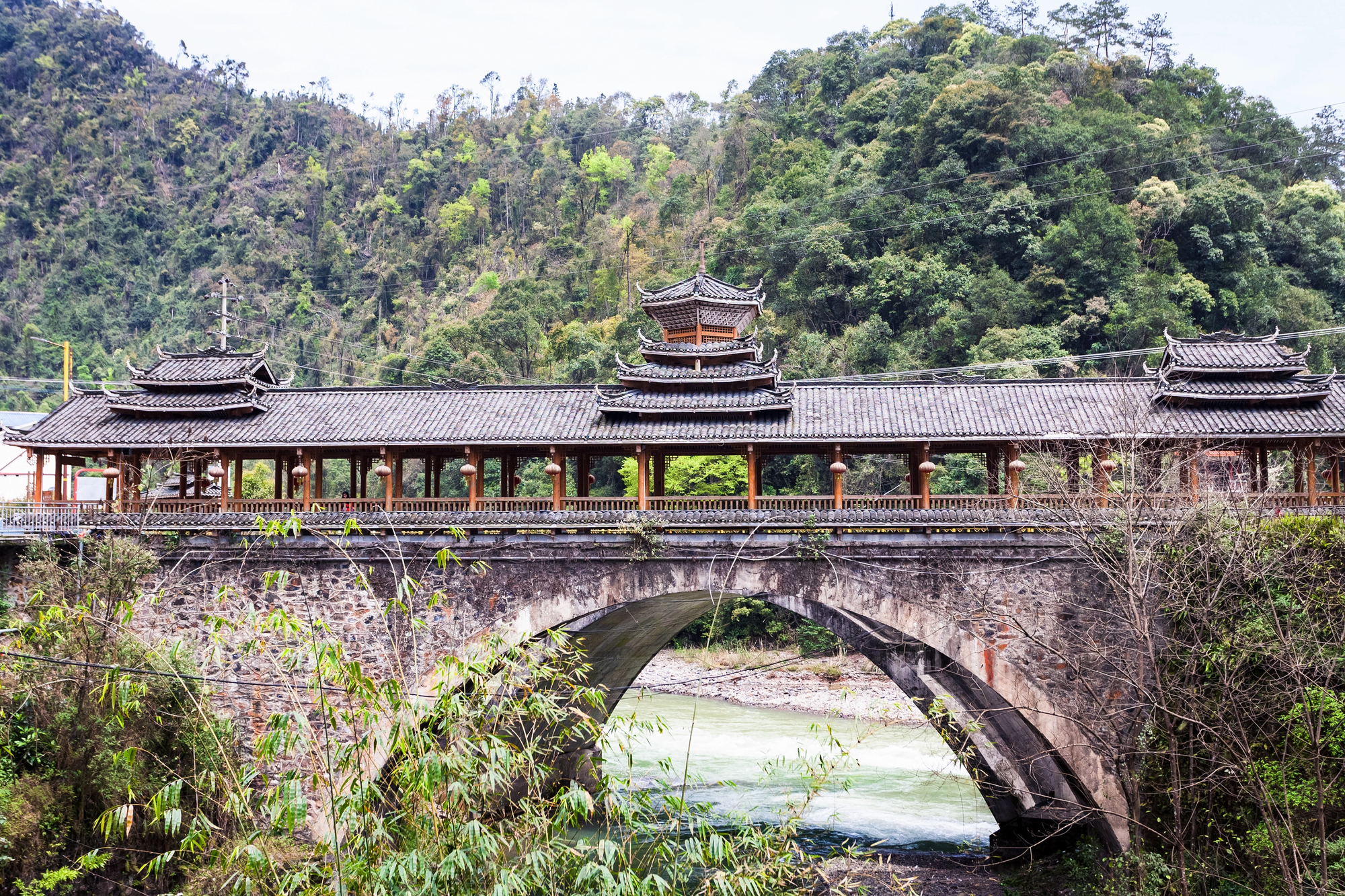
China’s Chengyang Bridge represents traditional Dong architecture at its finest, with multiple pagoda-style towers rising from a covered wooden structure that spans the Linxi River. Built without using a single nail, the entire bridge relies on intricate joinery techniques passed down through generations of Dong craftsmen.
The bridge serves as both a river crossing and a community gathering place, with covered areas where locals meet to socialize, conduct business, and escape bad weather.
Stari Most
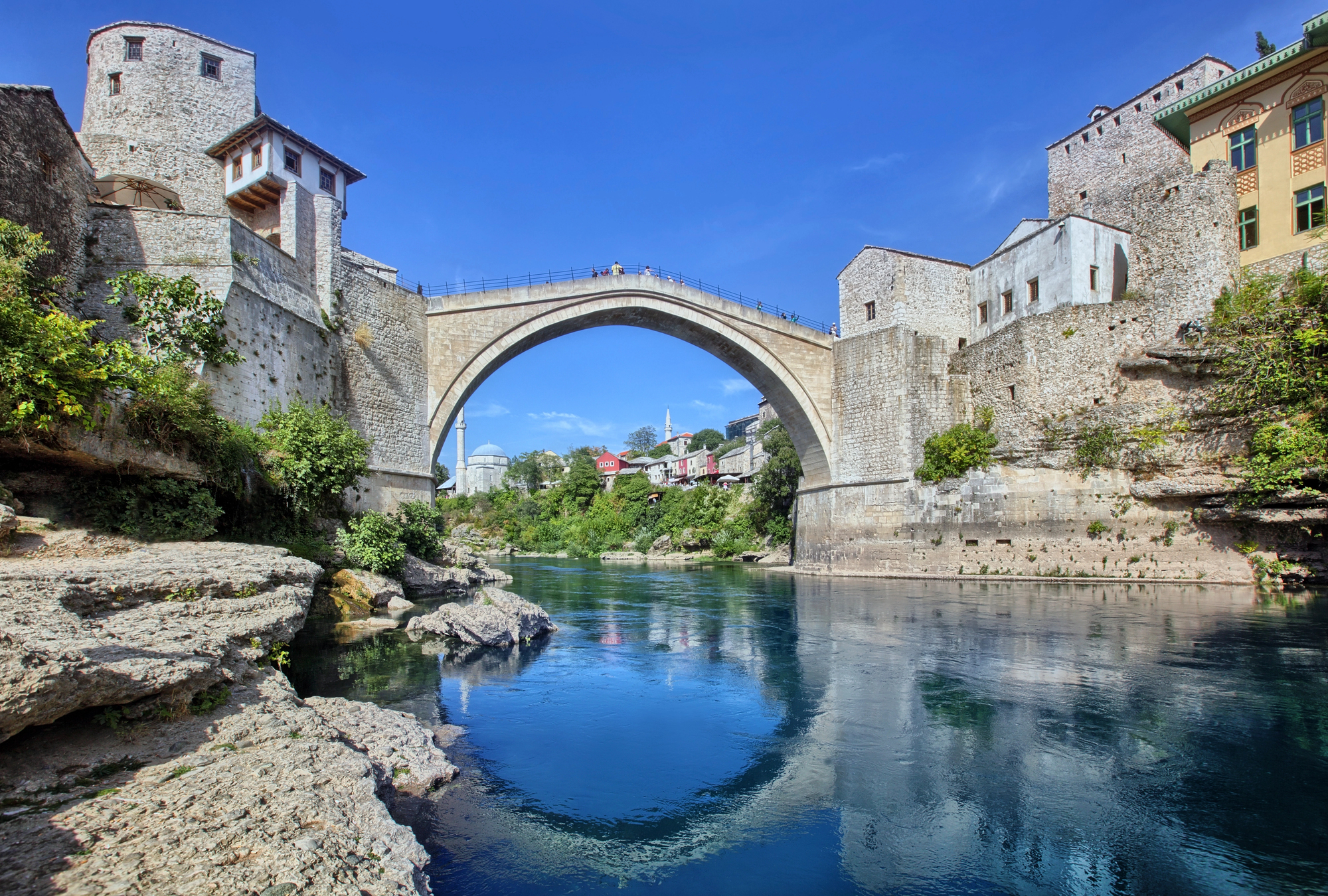
Bosnia’s Stari Most bridge in Mostar is famous for its perfect arch shape and the crazy tradition of young men diving 75 feet into the Neretva River below. The original 16th-century bridge was destroyed during the Bosnian War, but UNESCO helped rebuild it using traditional techniques and stones from the same quarries.
The reconstruction became a symbol of reconciliation and healing, proving that some structures are too important to history and culture to remain lost forever.
Like Travel Pug’s content? Follow us on MSN.
Pont du Gard
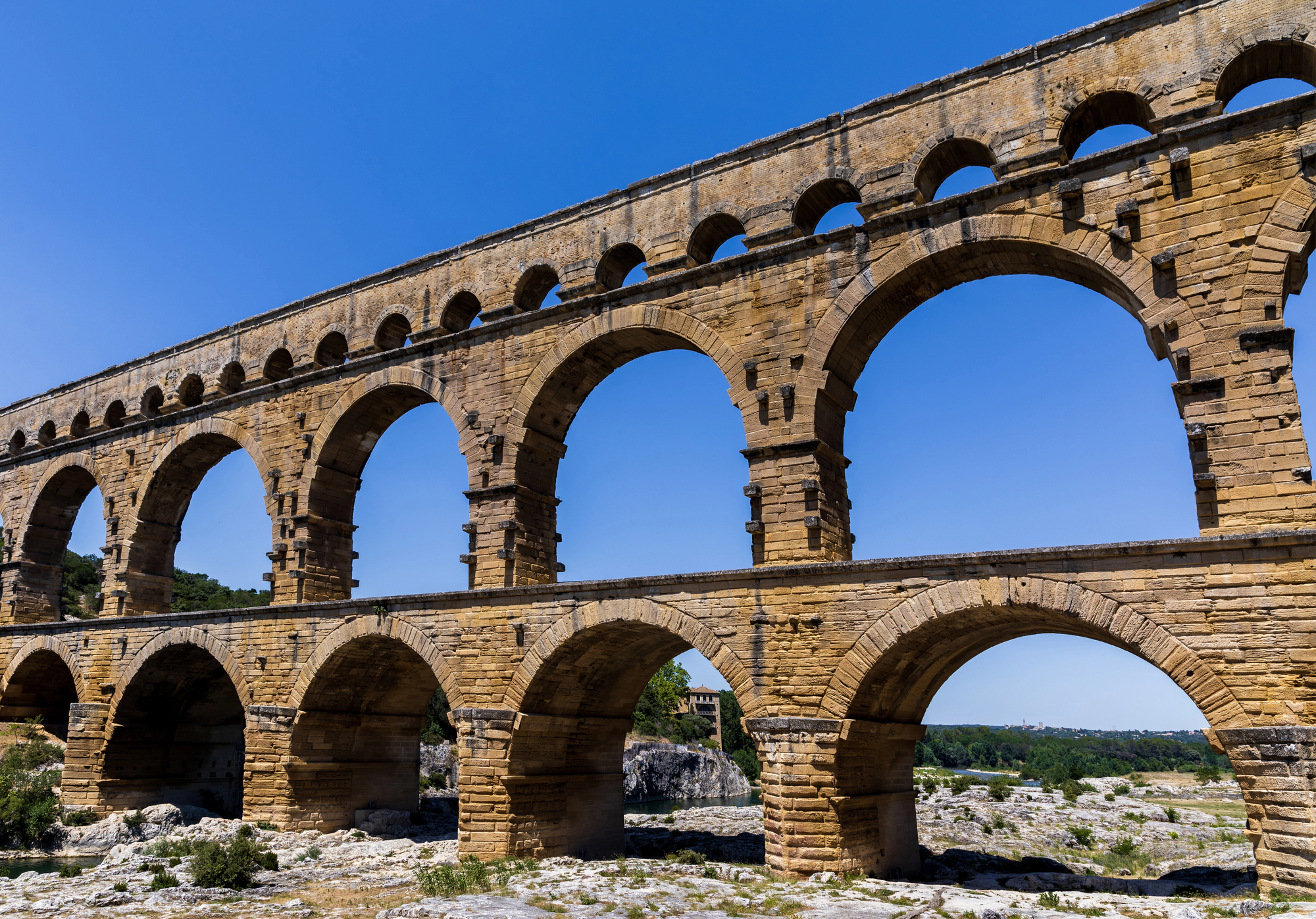
This Roman aqueduct bridge in southern France has been standing for nearly 2,000 years, which says something pretty impressive about Roman engineering skills. The three-tiered limestone structure was built to carry water across the Gardon River valley, but it’s so beautiful that people have been making special trips to see it since the Renaissance.
The precision of the stonework is incredible—the massive blocks fit together so perfectly that the bridge has survived without mortar in many sections.
Juscelino Kubitschek Bridge
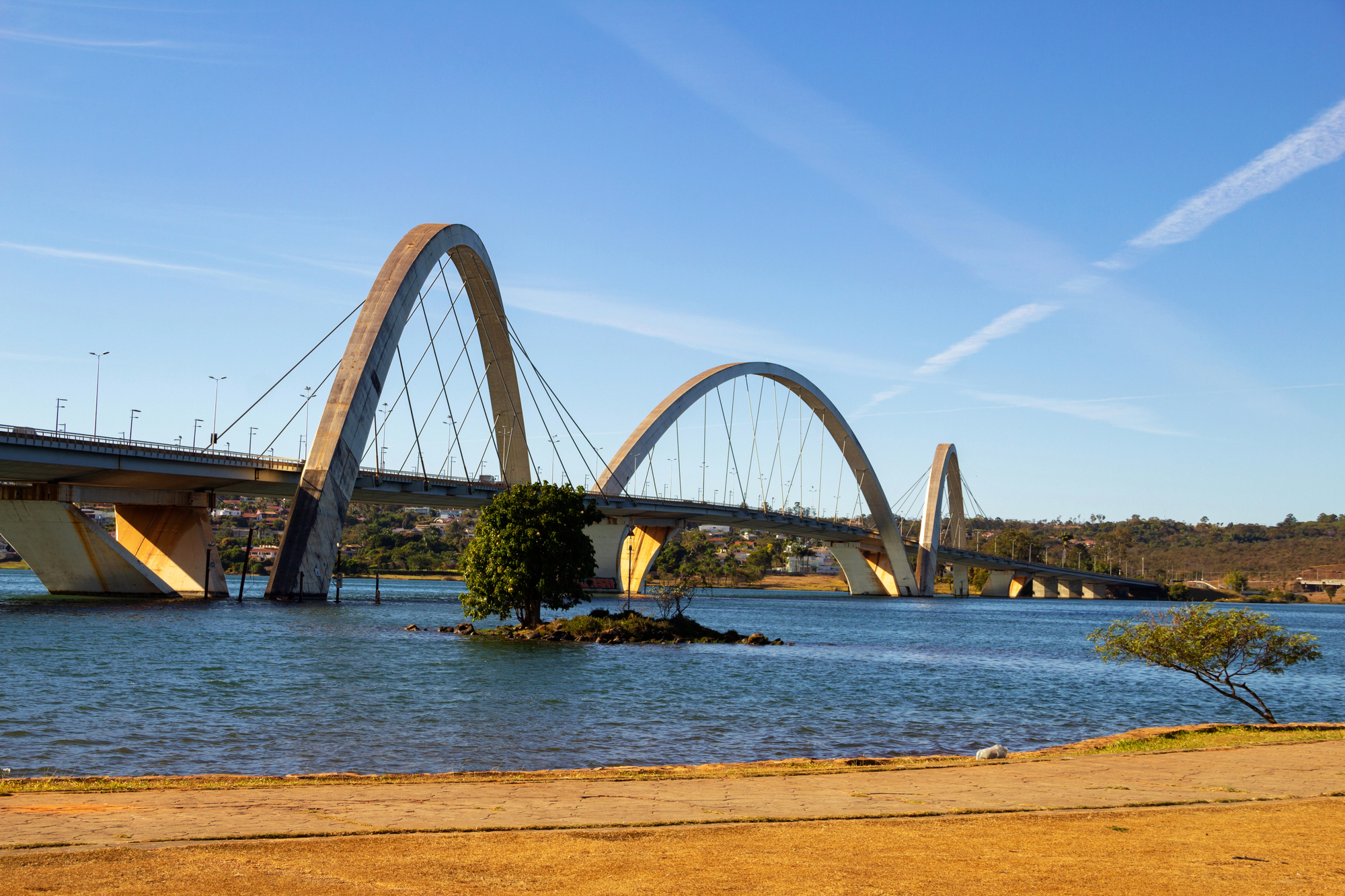
Brazil’s JK Bridge in Brasília looks like three golden arches leaping across Lake Paranoá, creating reflections that double the visual impact on calm days. The asymmetrical design breaks traditional bridge engineering rules but somehow creates this sense of movement and lightness that’s absolutely mesmerizing.
Named after the president who founded Brasília, the bridge has become the city’s most recognizable landmark and one of the most photographed structures in Brazil.
Si-o-se-pol

Iran’s Si-o-se-pol bridge in Isfahan translates to ‘Bridge of 33 Arches,’ and it’s exactly what the name suggests—a magnificent stone bridge with 33 perfectly proportioned arches spanning the Zayandeh River. Built in the early 1600s during the Safavid period, the bridge served multiple purposes as a river crossing, dam, and social gathering place where people would meet in the covered arcades.
The proportions are so harmonious that architects still study it as an example of perfect Islamic bridge design.
Like Travel Pug’s content? Follow us on MSN.
Helix Bridge
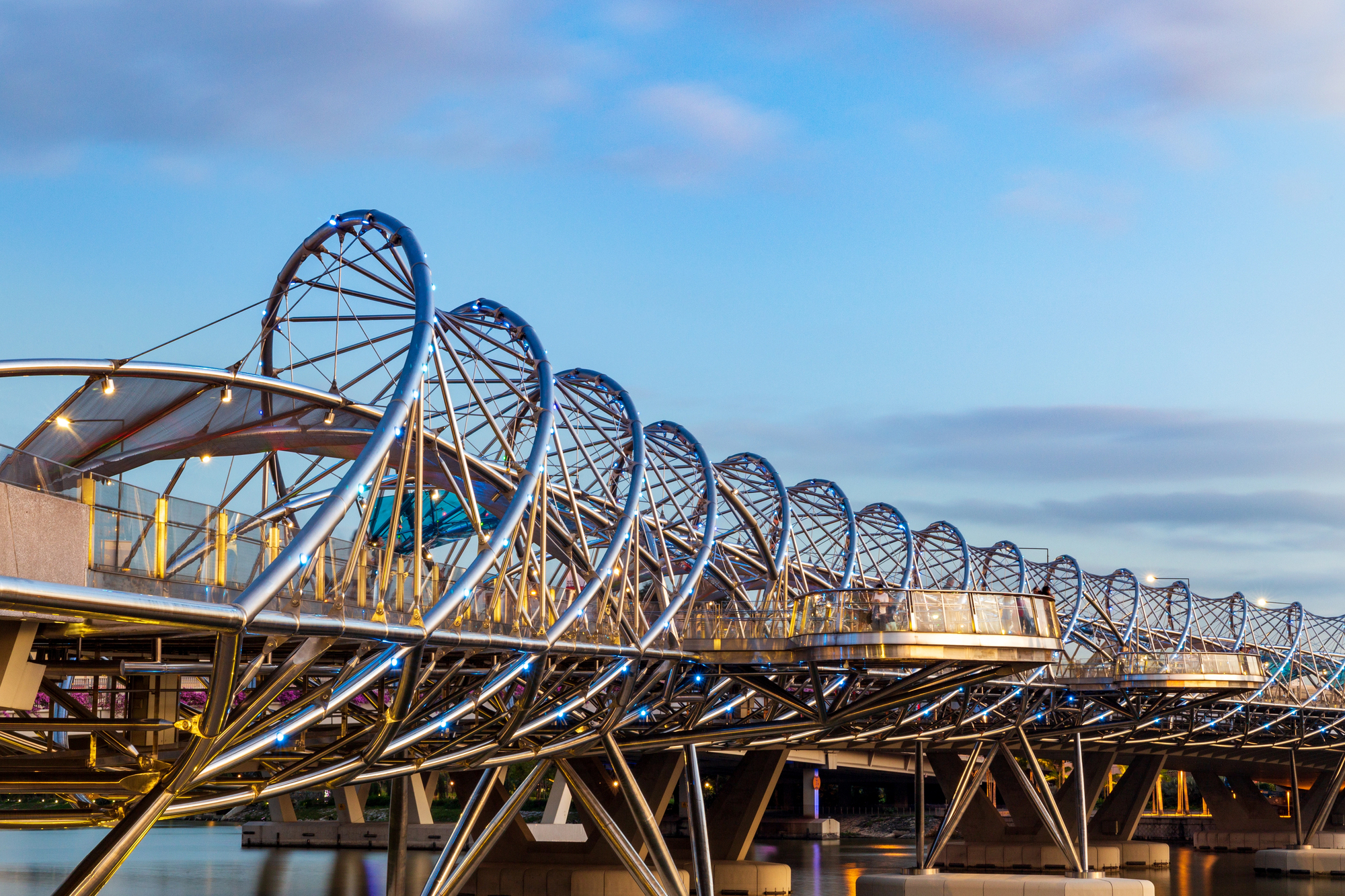
Singapore’s Helix Bridge looks like a giant DNA strand made of steel, connecting Marina Bay Sands with the city center in a curve that creates constantly changing perspectives as you walk across. The double-helix design isn’t just for show—it actually provides structural support while creating these beautiful geometric patterns that look different from every angle.
LED lighting brings the structure to life at night, creating patterns that pulse and flow like bioluminescent organisms in the harbor.
Spanning Time and Innovation
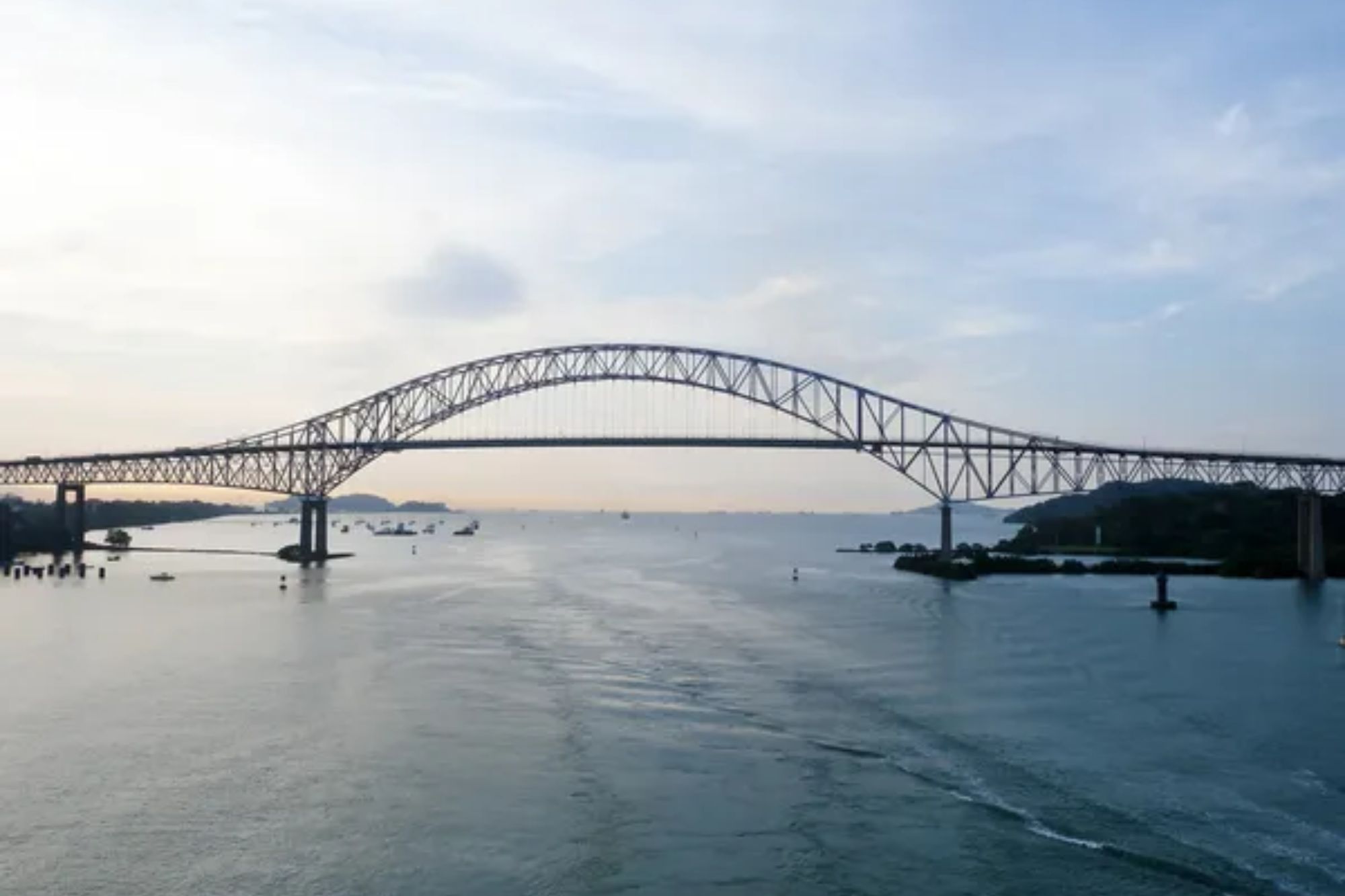
These remarkable bridges demonstrate how human creativity can transform necessary infrastructure into genuine art that inspires people across cultures and centuries. From ancient Roman engineering that still astounds modern architects to cutting-edge designs that push the boundaries of what’s structurally possible, each bridge tells the story of its time and place.
Whether you’re drawn to the gothic drama of Tower Bridge or the sleek minimalism of Millau Viaduct, these spans prove that the best human creations serve both practical needs and our deep desire for beauty. As cities continue growing and technology advances, tomorrow’s bridges will undoubtedly find new ways to combine function with artistry, continuing this ancient tradition of making the necessary magnificent.
More from Travel Pug

- 20 Best Beach Towns in the Carolinas
- 13 Destinations Where Tourists Regularly Regret Their Trip
- 20 Destinations That Are More Magical Without an Itinerary
- 20 Underrated Adventures That Belong on Your Travel List
- 20 Cities Where You Should Just Wing It, No Planning Required
Like Travel Pug’s content? Follow us on MSN.
